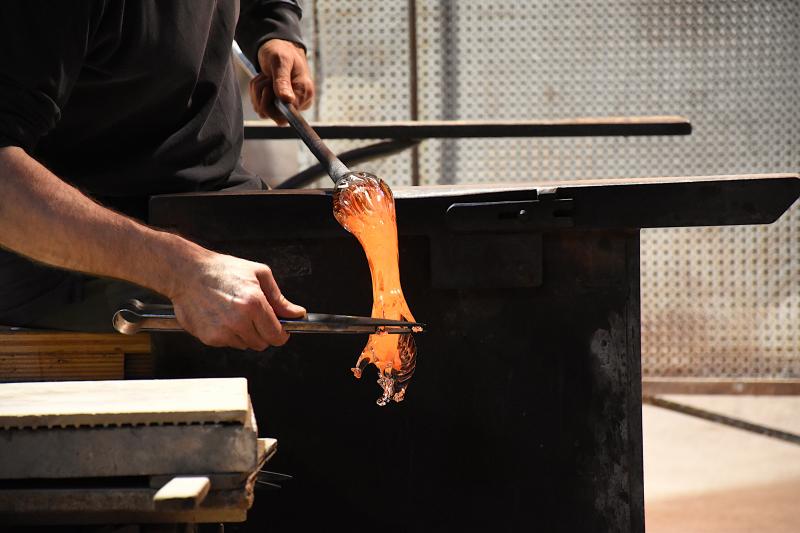The swirling colors of glass which have become almost synonymous with the Venetian island of Murano have a long and varied history, navigating many centuries of secret guilds, alchemy and political turmoil. But what fewer people know is that the entire industry virtually collapsed — multiple times.
Even now, the true artisans of Murano hang on by a thread, with rising utility bills and copycat brands threatening to crush the art form once more. Brenda Nishimoto, founder of Venetian Bead Shop, explains the fascinating history of Murano glass.
Tell us about the origins of Murano glass making.
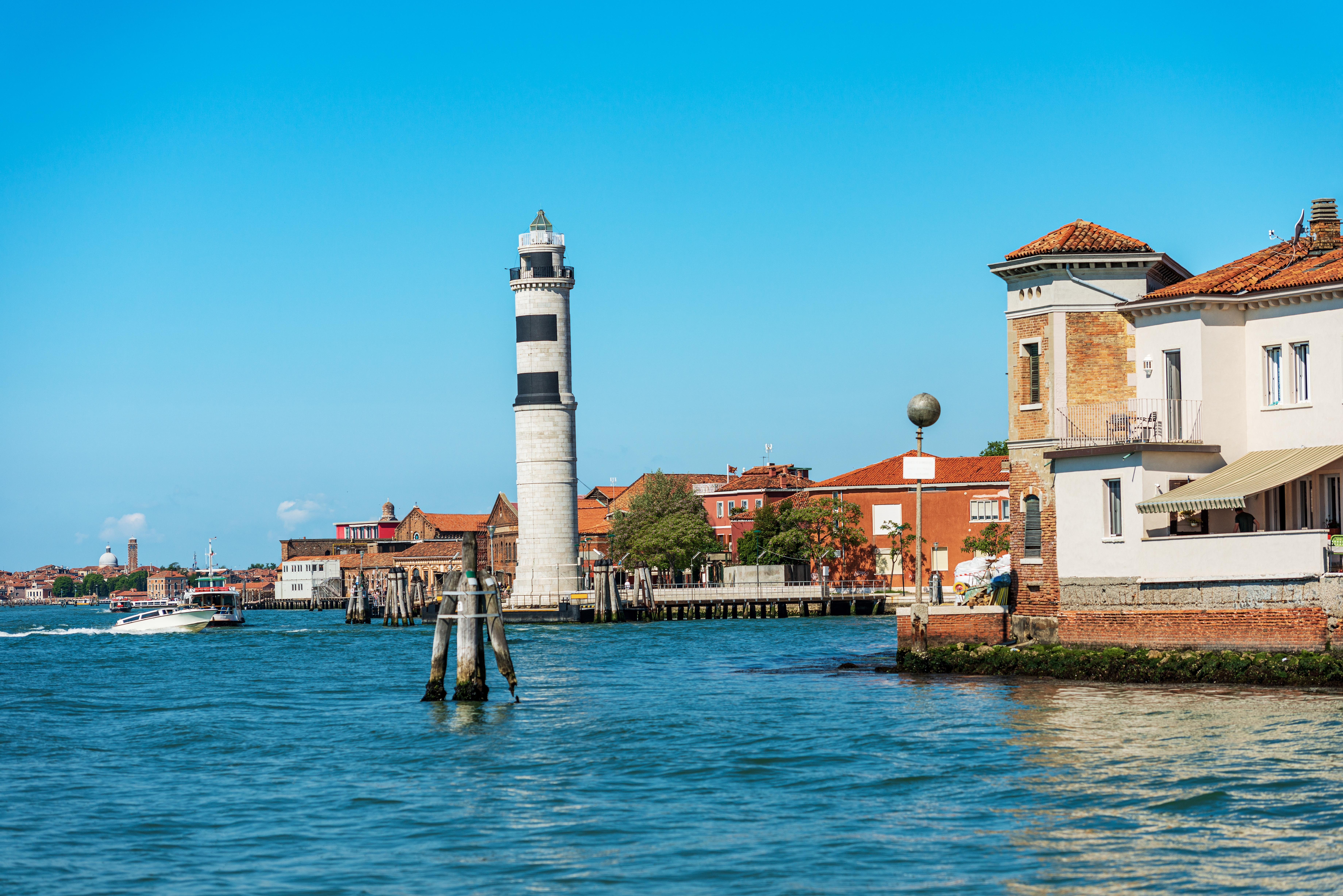
The story of Murano glass making follows the story of the history of Venice, of the migration of the land dwellers of Altino to the lagoon around 452 CE when Altino was invaded by Attila the Hun. [This helped spur on] migration to the small marshy islands of the lagoon — first to the marshlands of Torcello, where evidence of glass making has been found.
By the 8th century, glass making was well established in Venice, owing to its dominance as the trade center between the Byzantine Empire and the Orient. The secrets of glass making flowed with the trade to Venice.
The fact that the Venetian lagoon is a series of small islands with absolutely none of the natural resources required to make glass — like sand, soda, and ash from trees (along with trees needed to to burn in the furnaces) — makes this a very unlikely success story. Every ingredient needed to be hauled and sourced from the mainland. This remains the case today.
The Venetian Empire recognized the importance of glass in Venice’s economy, and established the Glassmakers Guild in the late 1200s to protect the secrets of glassmaking.
In 1271, the Doges passed a law prohibiting the importation of foreign glass or foreign glassworkers. As glass techniques and the commercial value developed, the need to protect this valuable secret grew. The Doge decreed in 1291 that all furnaces be moved from Venice to Murano, so nobody could steal the knowledge. The supposed reason was to prevent fires in Venice, but in 1295 the passing of a more restrictive law forbidding the glassmakers of Murano from leaving the island of Murano revealed their true motives.
How was the craft developed over the centuries?
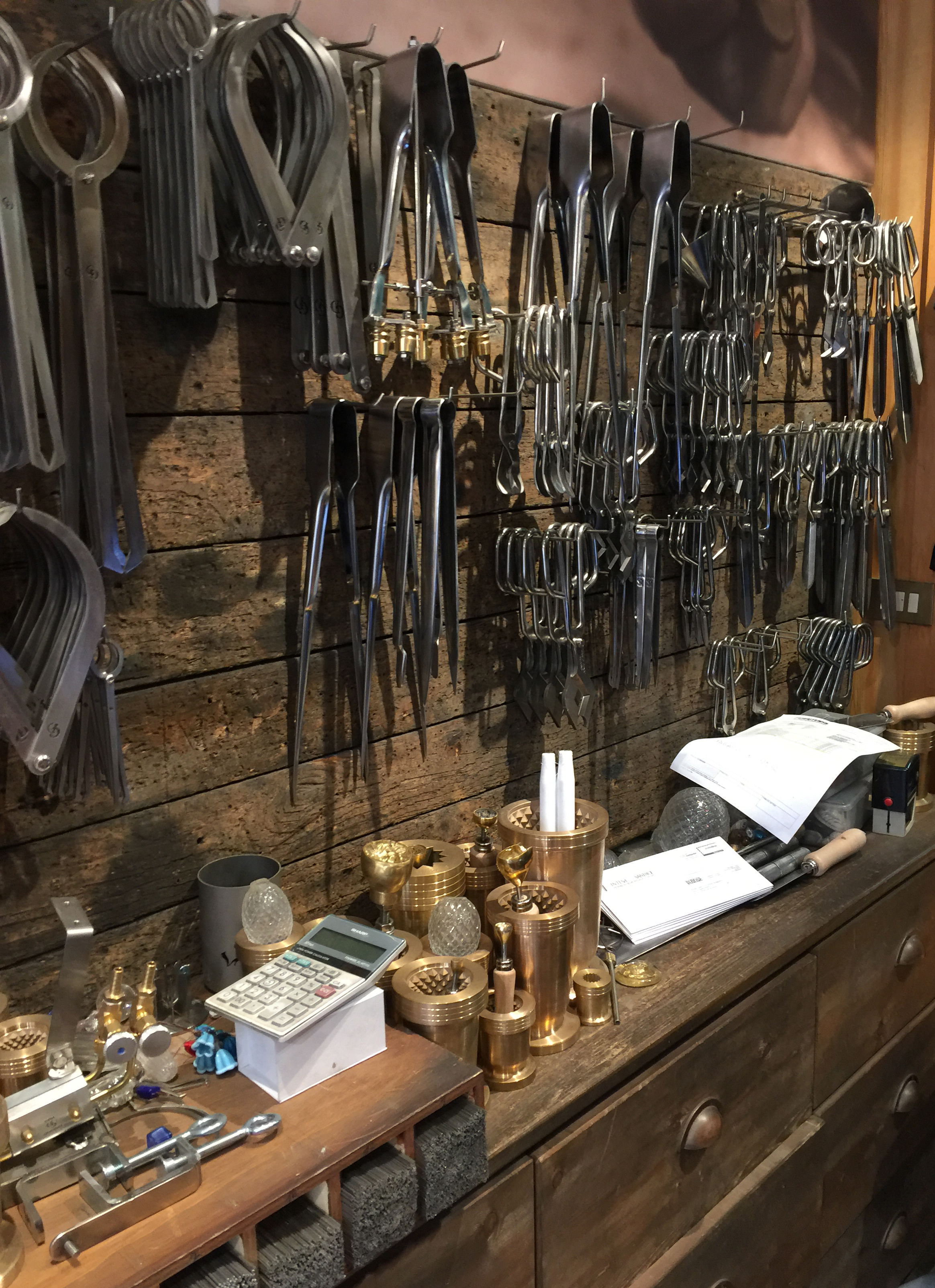
The isolation and concentration of the glass furnaces in Murano is part of what created the perfect setting to evolve glassmaking from practical production to the artform of today. The discovery of how to make clear glass by Angelo Barovier in the 16th century was a turning point, as Murano became the only exporter of mirrors in Europe. The glass formulas — secrets of how to produce the colors — were passed down generation to generation in handwritten notebooks. Glass can often be dated by the colors used, as new minerals became known throughout the centuries.
Why did Murano develop such a strong reputation as the home of this glass?
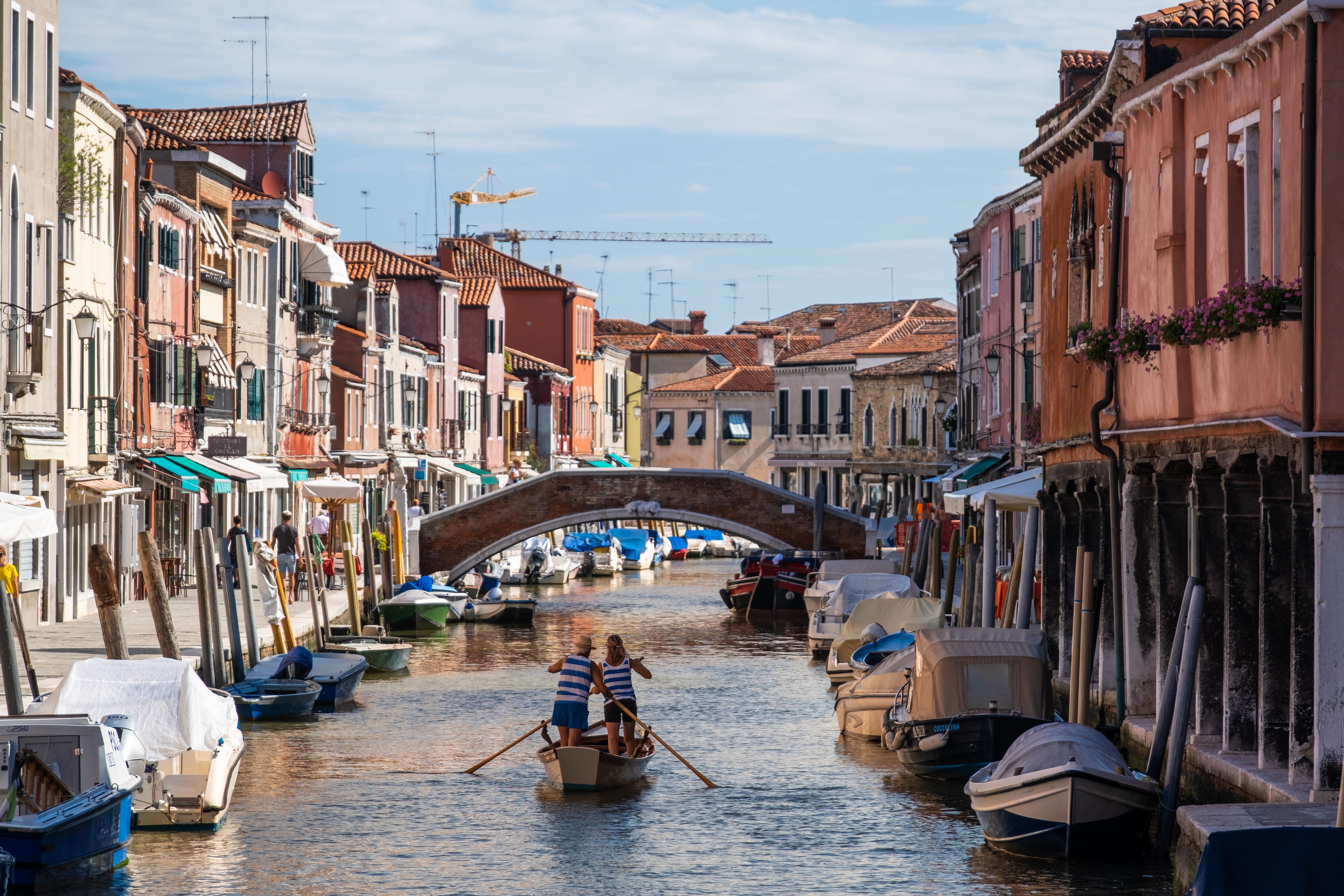
Murano thrived and became known for its clear glass mirrors, vessels and chandeliers. Venice dominated trade in the Adriatic sea and the eastern Mediterranean, allowing them to be the middleman between the Middle East and Europe. This provided a vast market for the glass of Murano (controlled, of course, by Venice) and encouraged more valuable, artistic glass.
Glassblowing is an apprenticeship, and takes many years to perfect. Historically, the Doge granted social status to the glass blowers allowing their daughters to marry into the wealthiest and noblest Venetian families, thus incentivizing the retention of glass trade secrets within the families.
When would you say was the “golden age” of Murano glass?
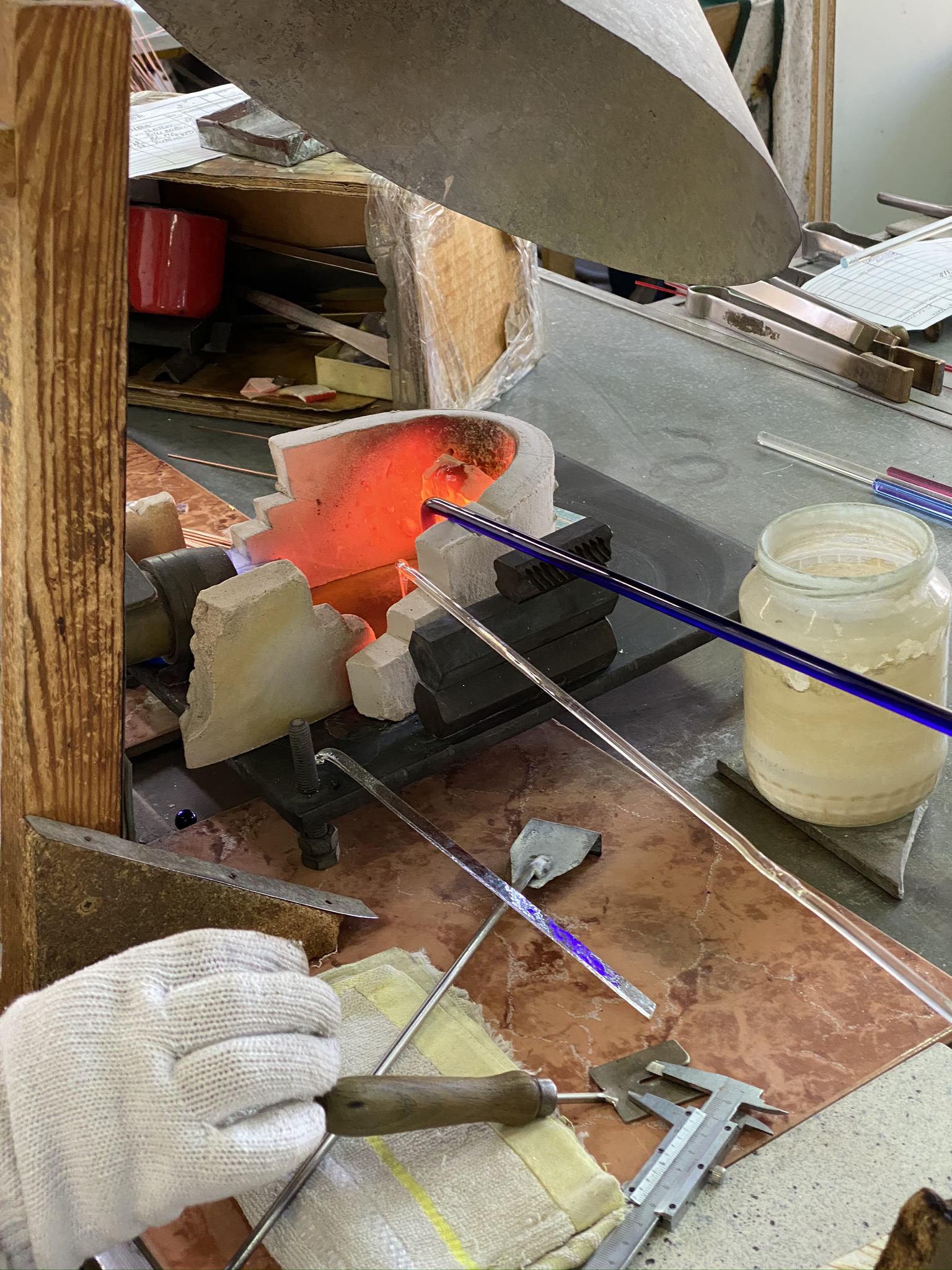
I think it’s fair to say there were two golden ages for Murano, with various near-catastrophes along the way. The 15th and 16th centuries were years of discovery by Europe and great recognition of the artwork. Maria Barovier’s furnace introduction of the rosetta bead in the 15th paved the way for the vast production of beads and the trade bead which reached every part of the world.
Murano dominated the glass industry until 1797, when the Doge Ludovico Manin abdicated Venice to Napoleon without a single bullet being fired. Napoleon wasted no time in abolishing all the guilds of Venice, including the glassmakers. He looted the city, and the treaty of 1814 transferred Venice from the rule of France to the Habsburg Empire, which was a death sentence for the glass of Murano.
The Habsburgs passed laws making it outrageously expensive to bring raw materials into Murano as well as taxes on the export of glass. By 1820, only five furnaces were still alive.
The 19th century saw the visionaries Fratelli Toso and Antonio Salviati breathe new life into Murano. Salviati, a lawyer from Vicenza, was fascinated by the old Venetian mosaics in the churches and saw the opportunity to produce tiles to restore them. He signed a 15 year contract for the restoration of the mosaics in Basilica San Marco, and went on to hire designers and diversify into glasses, cups and vases.These are the things we think of today when we think of Murano Glass.
The creation of the millefiori (thousand flower) glass rod technique by Domenico Bussolin in the early 19th century was further developed by Vincenzo Moretti, who had previously worked at Salviati preparing the glass shavings. Moretti began his own company and subsequently became known for his millefiori patterns. These found their way into the Murano glass, both in beads and blown objects, and remain popular even today.
Why is it so important to keep the traditions and practices alive today?
Today, Murano’s artisans are once again under threat by cheap production in other countries and the cost of fuel. The advantage of discounted gas was eliminated when Italy became a part of the European Union. In the last year, since the onset of the Ukrainian War, glass furnaces have seen their cost increase five-fold, making it impossible for furnaces to keep the fires burning.
After centuries of secrecy, Murano’s producers have shared their knowledge of glassmaking with the world through contemporary glass blowers teaching around the world. Though in some ways this has spread the appreciation of glass as an art form, in other ways it has brought more competition to Murano.
What we need today are visionaries like Zanetti and Salviati to breathe new life into Murano. Other types of work appear easier or more lucrative, but I doubt they bring contentment to their hearts. Murano glass artisans trace their history back generations and, as they say, it is in their blood.
About Venetian Bead Shop
Founded by Brenda Nishimoto, Venetian Bead Shop has been working in Venice and Murano since 1993. The organization began importing glass ornaments from the production furnaces of Murano, and rapidly branched out to glass beads, which then became their primary focus. Nishimoto and her team have been an integral part in promoting Venetian glass beads throughout the world as well as helping to breathe new life into traditional Venetian techniques. A few years ago, they introduced their line of Venetian Dichroics to the US as a result of years of efforts with their bead makers in Murano. It's a blend of old glass making techniques to work with new fashion ideas.
Website
Email: info@venetianbeadshop.com
Phone: +1 408 245 5900
